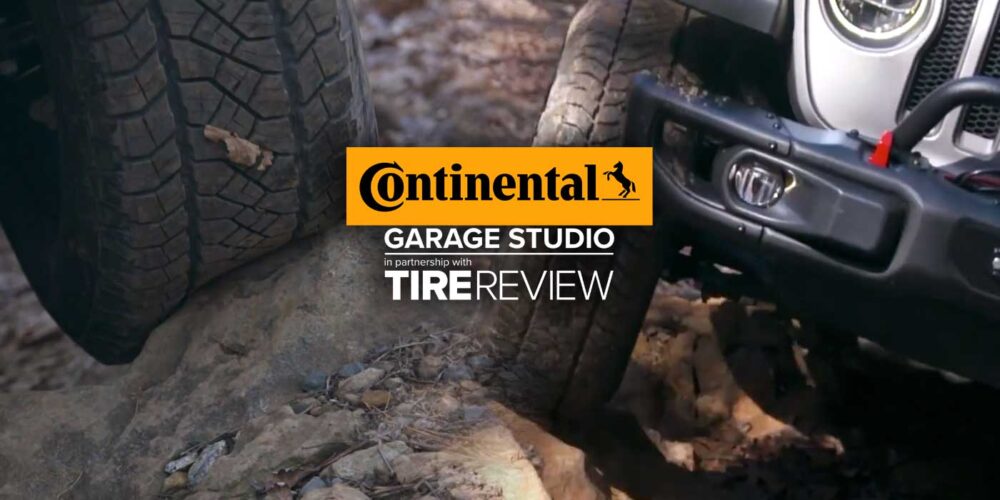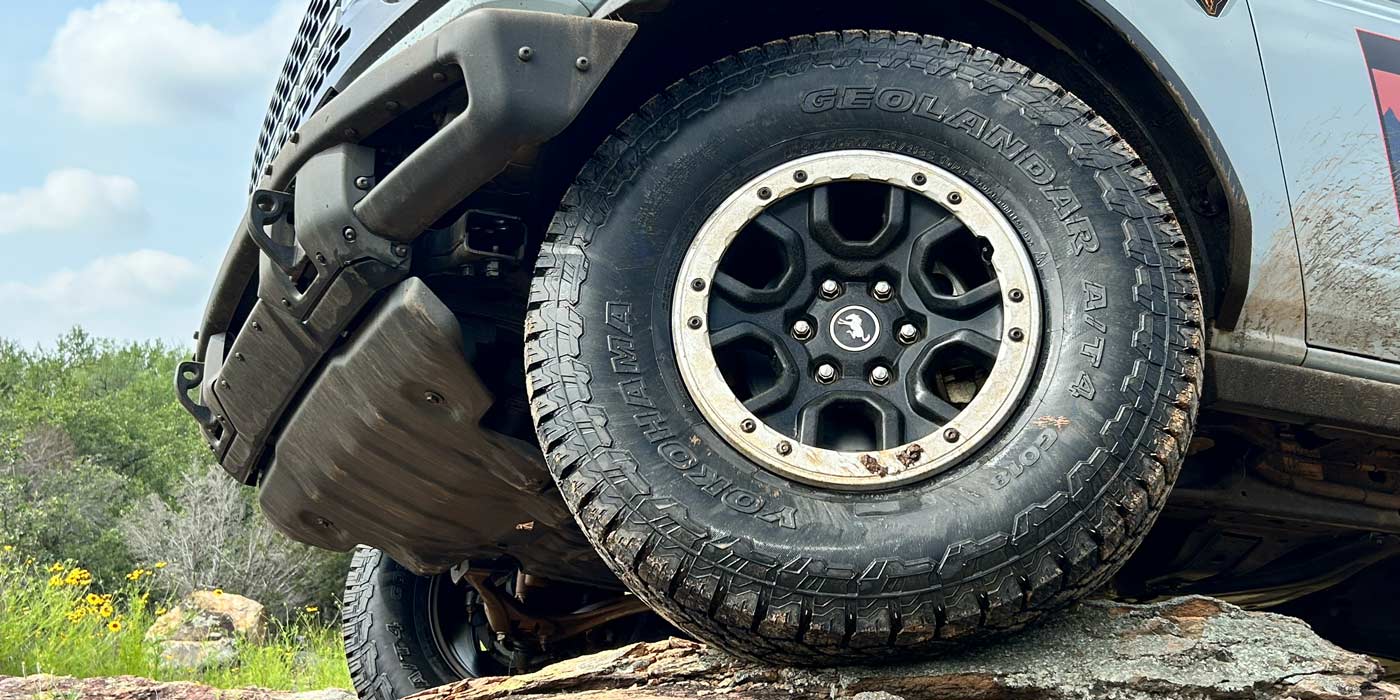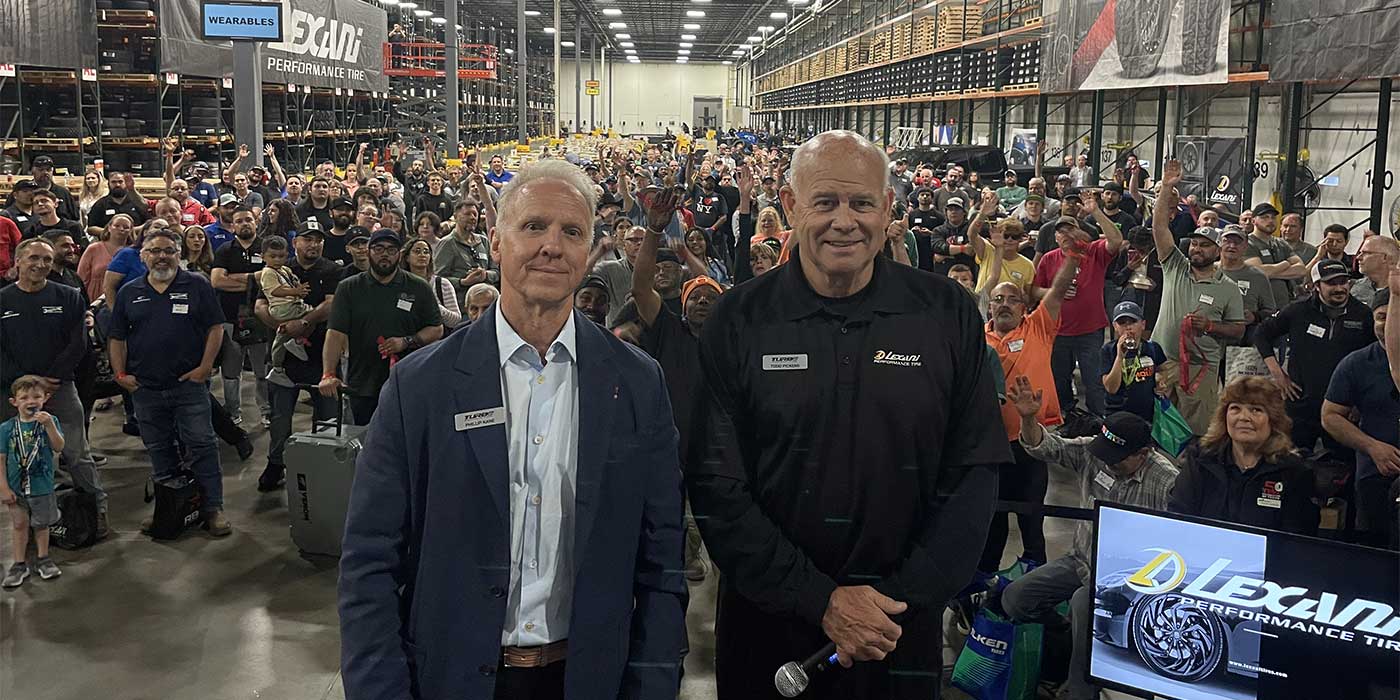Since 2007, every new vehicle manufactured in the US has been required to include tire pressure monitoring systems (or TPMS). TPMS technology has greatly improved tire maintenance and road safety, but servicing TPMS does come with challenges for automotive technicians. After nearly two decades of experience, some key difficulties remain when it comes to TPMS service procedures and tools.
Let’s talk about three resolutions for the most common TPMS customer complaints.
One of the three most common headaches is determining the correct relearn procedure after tire work is completed. There are three main types of TPMS relearns – auto, stationary and OBD. Auto relearns happen as the vehicle is driven at varying speeds. Stationary relearns are initiated by putting the vehicle into a special “learn mode” and using a tool to activate the sensors. OBD relearns involve collecting sensor IDs with a scan tool and uploading them to the vehicle computer.
The trouble is, different vehicle makes and models require different relearn methods. Some automakers have multiple relearn types depending on the model year – without the proper relearn, the TPMS light will stay on even after sensor replacement or rotation.
Another common issue technicians run into is customers returning with a flashing TPMS light shortly after service. In most cases, this malfunction indicator light means one or more TPMS batteries were already dead before any work was done. That’s why it’s critical to “test before you touch” and inspect all sensors during a pre-service vehicle checkout. Even if the customer doesn’t mention TPMS problems, scanning the sensors will uncover any non-working ones. That way, you can inform the customer and turn it into an opportunity to make a needed repair, rather than being blindsided later with a comeback.
A third common issue is shops keeping TPMS tools up to date. New vehicles, sensors, and procedures are released constantly, so having the current TPMS software is essential. Some tools require connecting to a computer to install updates, but wireless updating is ideal, allowing new releases to be downloaded over the internet automatically. With real-time updates, techs can take on more TPMS services with confidence.
Don’t forget to follow us on Instagram and Facebook and subscribe to our YouTube channel for more tire, service and shop operations videos.













